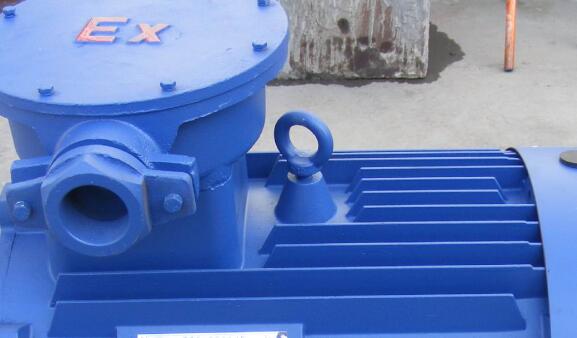Service creates value and existence creates the future
Asynchronous motor is one of the most common motors in industrial production. It has a simple structure. In industrial production, asynchronous motors are widely used. This article will introduce the asynchronous function, working principle and function of asynchronous motors.

1. Asynchronous function of asynchronous motor
The asynchronous effect of an asynchronous motor means that when the motor is running, the rotation speed is not synchronized with the power frequency. The rotation speed of an asynchronous motor depends on the power frequency and the number of poles of the motor. When the power frequency remains unchanged, the rotation speed of the motor is determined by the number of poles of the motor. The number of poles of asynchronous motors is usually 2, 4, 6, or 8 poles, and each pole number corresponds to a different rotation speed. For example, when the power frequency is 50Hz, the rotation speed of a 2-pole asynchronous motor is 3000 rpm, the rotation speed of a 4-pole asynchronous motor is 1500 rpm, and the rotation speed of a 6-pole asynchronous motor is 1000 rpm. , the rotation speed of the 8-pole asynchronous motor is 750 rpm.
The asynchronous effect of an asynchronous motor is caused by the electromagnetic induction between the rotor and stator of the motor. When the motor rotor rotates, it generates electromagnetic induction in the stator. If the power frequency is not synchronized with the motor's rotation speed,
2. Working principle of asynchronous motor
The working principle of an asynchronous motor can be divided into several steps:
1. The power supply voltage acts on the stator, generating a rotating magnetic field.
2. Since the conductor on the motor rotor moves in the rotating magnetic field, an electromotive force will be induced on the rotor.
3. Since the electromotive force on the rotor interacts with the current on the stator, a rotational torque will be generated,
4. When the motor rotates, the conductor of the rotor will generate an electromagnetic induction in the stator.
5. If the power frequency is not synchronized with the motor speed,
3. The function of asynchronous motor
1. Drive mechanical equipment: Asynchronous motor is one of the most common motors in industrial production. It can drive various mechanical equipment.
2. Energy saving and emission reduction: Compared with other motors, asynchronous motors have the advantages of low energy consumption, low noise, and less pollution. Therefore, the application of asynchronous motors can save energy, reduce emissions, and reduce production costs.
3. Improve production efficiency: Asynchronous motors have a simple structure. Therefore, the application of asynchronous motors can improve production efficiency and reduce maintenance costs.
Asynchronous motors are one of the most important motors in industrial production. It has a simple structure. In industrial production, asynchronous motors are widely used. The asynchronous effect of asynchronous motors is caused by the electromagnetic induction between the rotor and stator of the motor. When the motor rotates, it will produce electromagnetic induction in the stator. If the power frequency is not synchronized with the motor's rotation speed, the application of asynchronous motors can save energy and reduce emissions, reduce production costs, and improve production efficiency.


